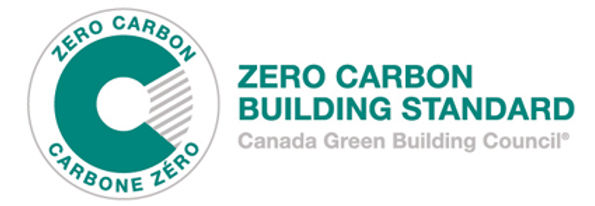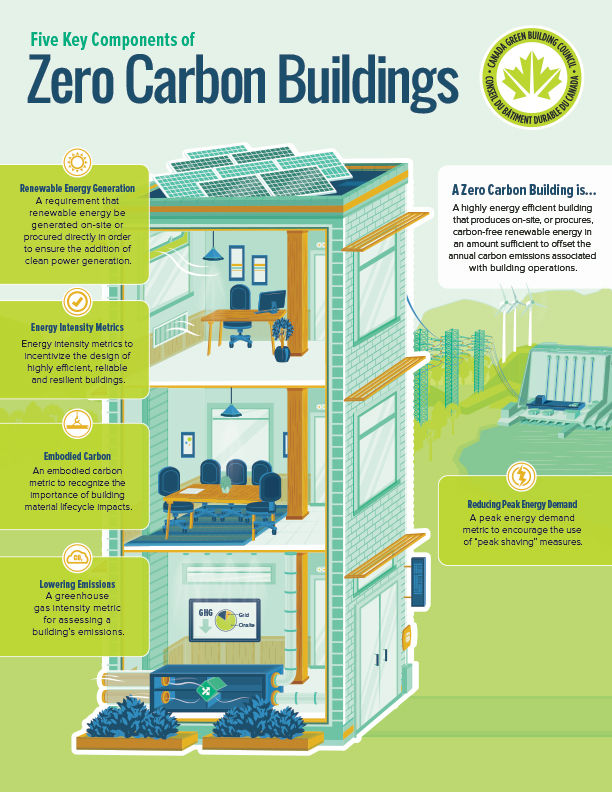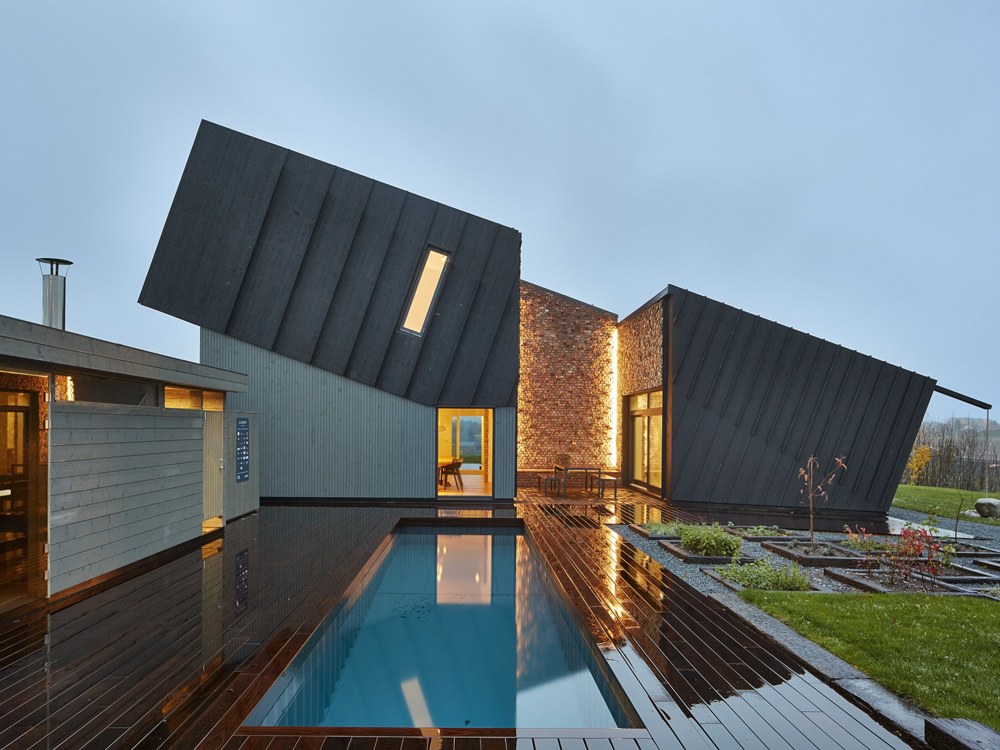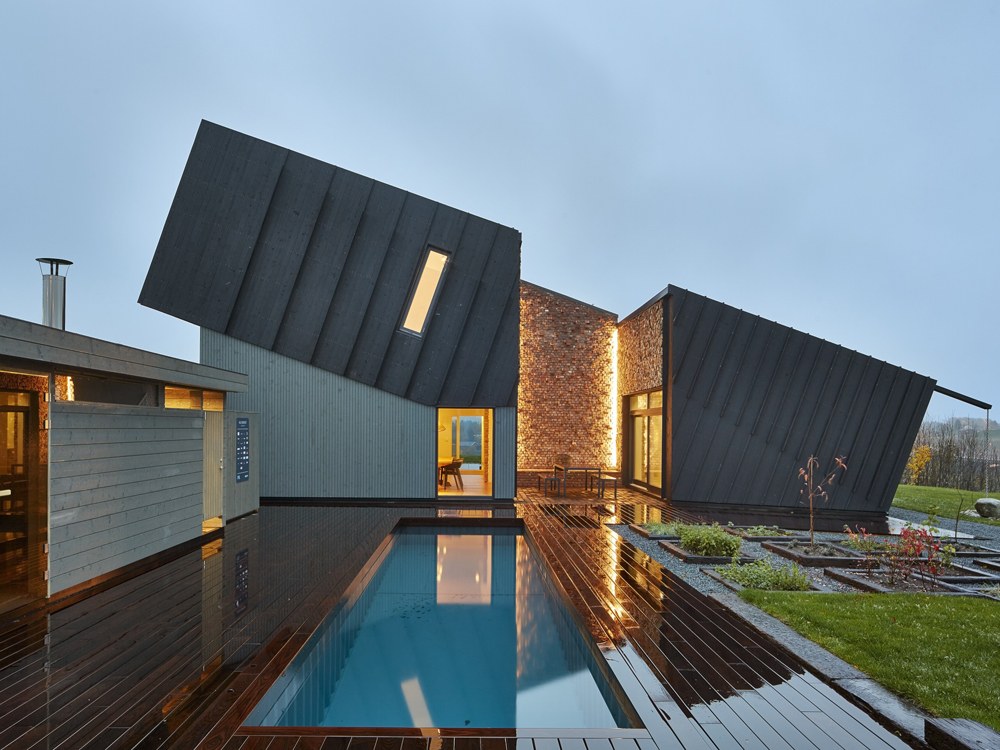A new standard from the Canada Green Building Council brings carbon management to the fore.

Image Source: https://www.cagbc.org/News/EN/2017/20170529.aspx
Zero Carbon Building Standard
You’ve probably heard of deep energy retrofits before, but deep emissions? That’s new territory.
In May of 2018, the Canada Green Building Council (CaGBC) released their latest green building certification: the Zero Carbon Building Standard (ZCB). As the name implies, the standard aligns with international efforts to fight climate change by setting and achieving Greenhouse Gas (GHG) or ‘carbon’ reduction targets.
The ZCB is the only building standard in North America that uses carbon as a key performance metric. By accounting for GHG emissions instead of energy use, it considers the fact that not all energy is created equal; it dis-incentivizes energy from fossil fuels and encourages the adoption of renewable, ‘low-carbon’ and distributed forms of energy.
The standard is designed for new buildings of all types, and includes a ‘Performance’ certification for the existing building stock – a critical and sometimes overlooked piece of the climate change puzzle. The 16 pilot projects include a fire hall, an elementary school, multi-unit residential buildings and a commercial warehouse.
How it Works

Image source: https://www.cagbc.org/CAGBC/Zero_Carbon/ZeroCarbon.aspx
“A zero carbon building is defined as one that is highly energy-efficient and produces onsite, or procures, carbon-free renewable energy in an amount sufficient to offset the annual carbon emissions associated with operations.”
Specifically, to achieve the Zero Carbon Building standard, a building must:
- Measure & report embodied carbon. The choice of building materials is a challenging component of building green. ZCB certified buildings must conduct a life-cycle assessment (LCA) to measure the embodied emissions in building materials such as wood, concrete, steel studs and roofing.
- Demonstrate a Zero Carbon Balance. Similar to carbon neutrality, the building is designed for minimal emissions, then any remaining emissions are measured and offset.
- Develop a Zero Carbon Transition Plan If the site relies on fuel combustion such as natural gas heating or diesel generators, a plan must be developed to demonstrate how the building will transition away from these GHG-intensive energy sources.
- Install a minimum of 5% onsite renewable energy. For new construction, onsite renewable energy like solar PV must provide 5% of the building’s total energy consumption. This encourages the adoption of renewable energy technologies, reduces the overall demand from the energy grid and helps prepare for a distributed energy future.
- Achieve a Thermal Energy Demand Intensity (TEDI) target. For those of us who do not identify as a building science nerd, TEDI refers to the heat loss through a building’s walls, floors, roofs and doors. Setting a TEDI target ensure the building is being heat-efficient.
- Report Energy Use Intensity (EUI) and Annual Peak Demand. In an effort to improve the industry’s understanding of building energy use, all buildings are required to report their EUI (energy use by floor area) and annual peak electrical demand. Good data also helps building operators measure reductions over time.
- Measure & report embodied carbon. The choice of building materials is a challenging component of building green. ZCB certified buildings must conduct a life-cycle assessment (LCA) to measure the embodied emissions in building materials such as wood, concrete, steel studs and roofing.

Building on Success
The CaGBC launched the Leadership in Energy and Environmental Design (LEED) certification in Canada in 2004. LEED is now widely adopted across the country, particularly in new construction projects.
The Zero Carbon Building standard represents the next bar for the green building industry to achieve, and an evolution from a checklist-based program to one that is backed by solid performance metrics. The City of Vancouver showcases this journey exceptionally. From 2004 to 2016, Vancouver added a by-law to the BC Building Code requiring all civic buildings to be certified LEED Gold (or higher). In 2016, Vancouver became the first major city in North America to approve a Zero Emissions Building Plan- an aggressive action plan aimed at achieving zero emissions in all new buildings by 2030.
Would you build a Zero Carbon Building? Let’s chat about the carbon in your next project.
References
https://www.cagbc.org/zerocarbon
https://vancouver.ca/news-calendar/vancouver-takes-next-step-to-advance-renewable-city-strategy.aspx
